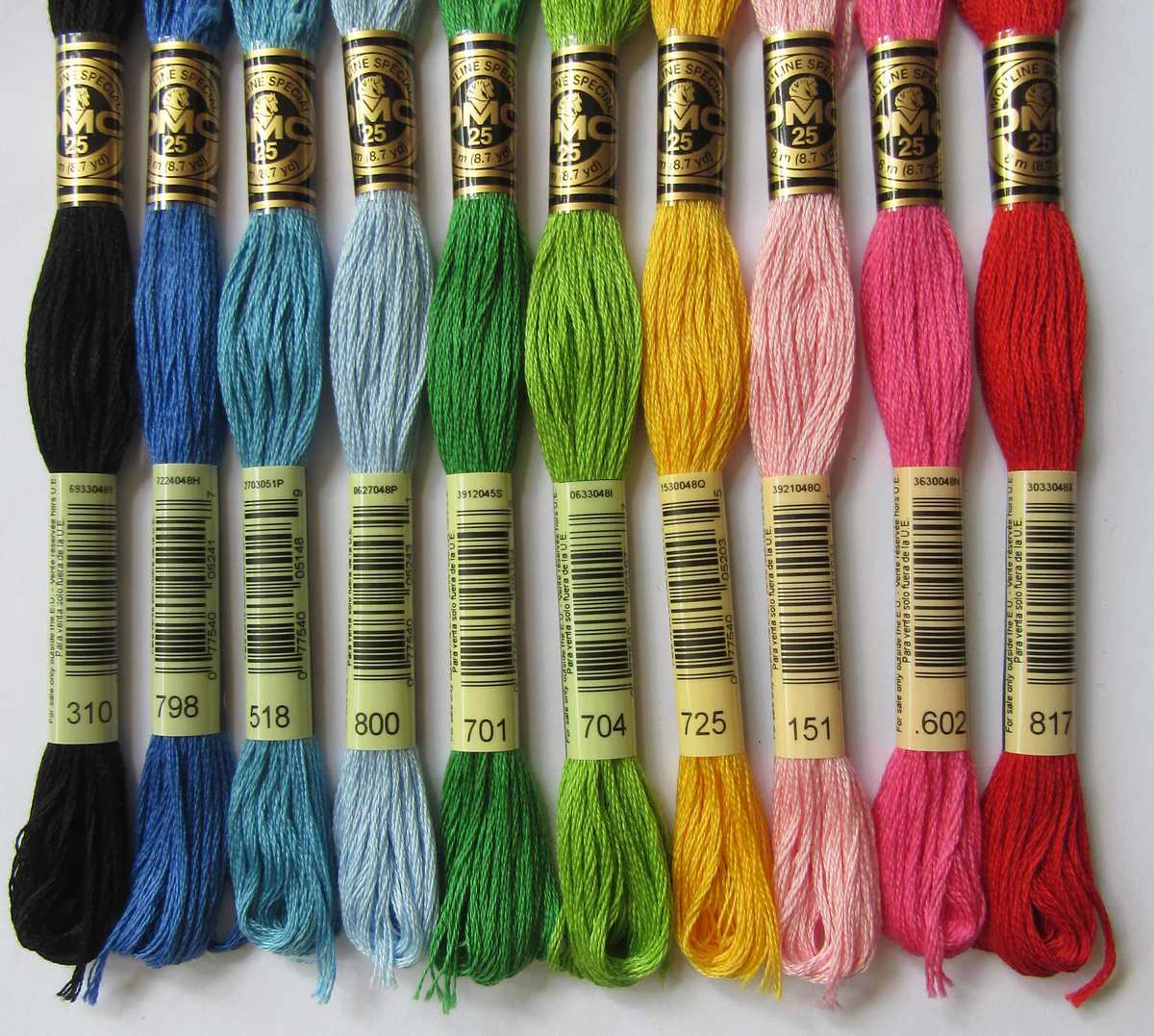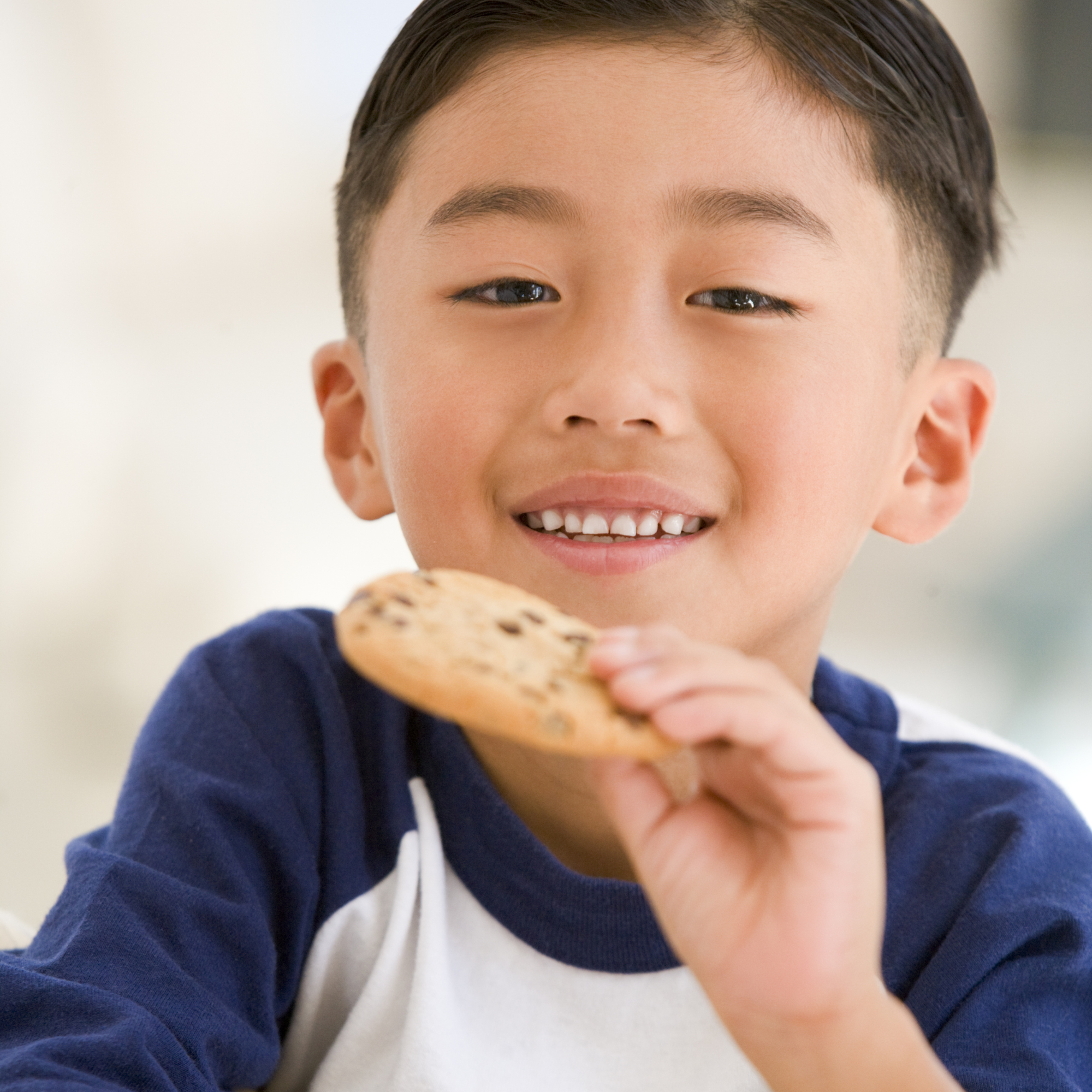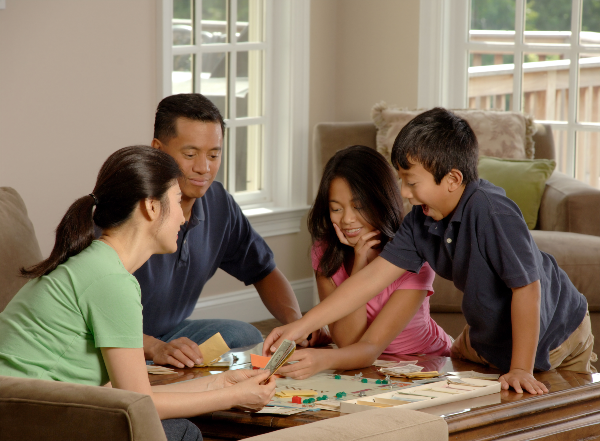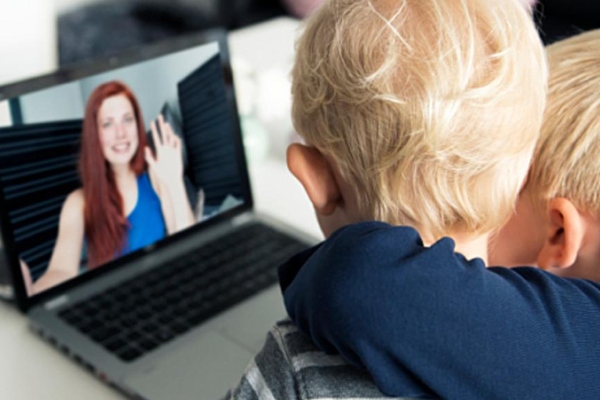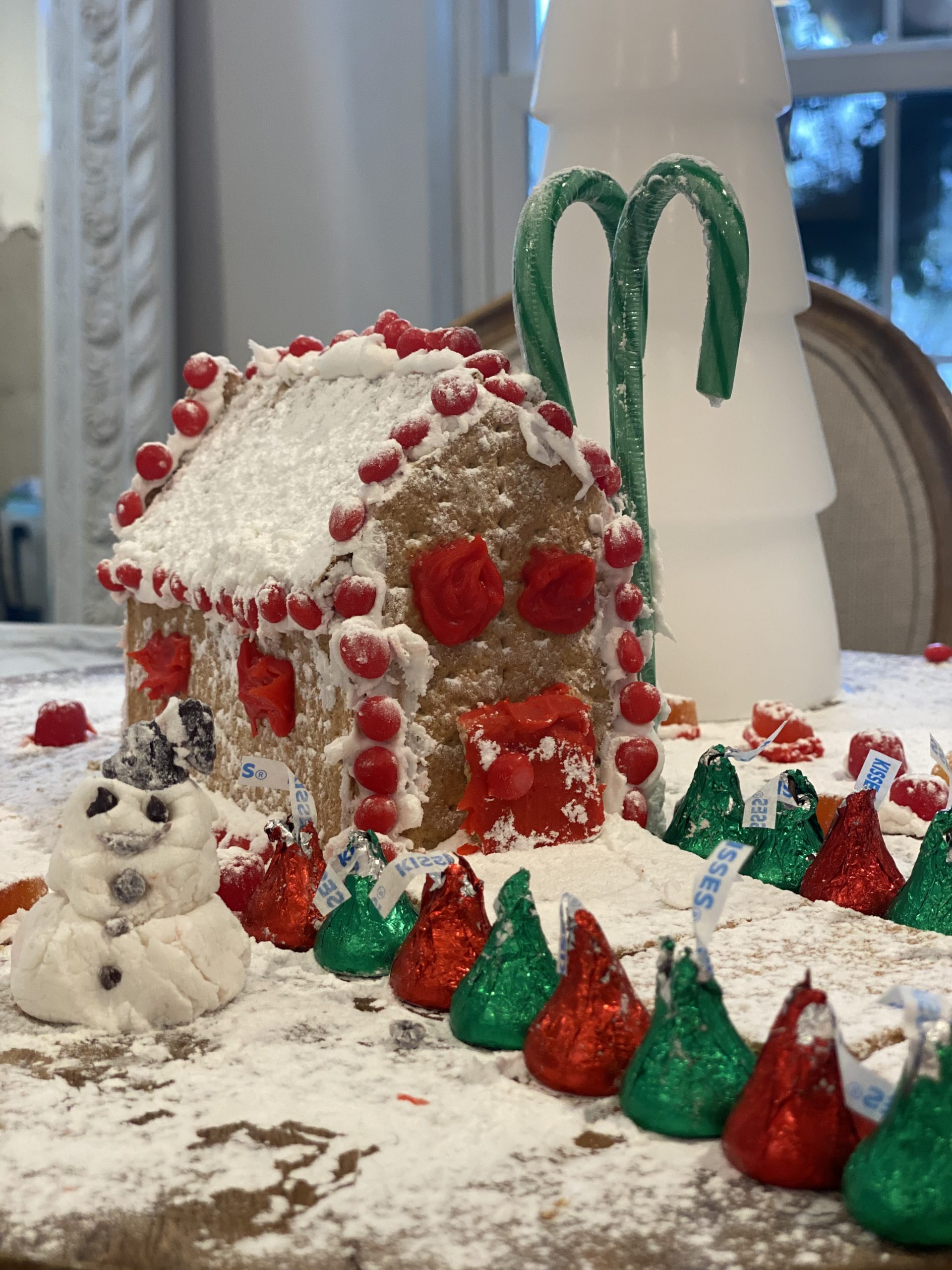Are you looking to hold on to those winter flurries? During this cold season at Graham Behavior Services, we created some user, family, and culture-friendly winter crafts. Each craft coincides with winter weather- and can be modified to best fit your learner or family.
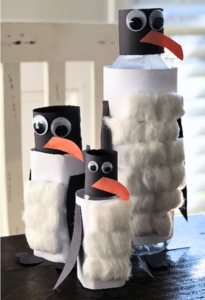 Penguin Bowling
Penguin Bowling
This craft is super easy and cost-efficient! The materials needed are empty water bottles, black & orange construction paper, googly eyes, construction paper, and cotton balls. The concept is to cover the outside of the bottle with white paper, then glue arms, feet, and a head around the spout of the bottle! Our last step was gluing cotton balls to the bellies of our penguins! The bowling game can be played on a tabletop due to the size of your penguins and you can make as many or as little as you’d like. The “bowling ball” can be any ball or household item you have handy.
Penguin Alternative – an alternative to this craft, if you don’t want to create a game, is to paint the outside of the water bottle with white paint and maybe some glitter. Then follow the remaining steps. You can use these penguins to decorate the house!
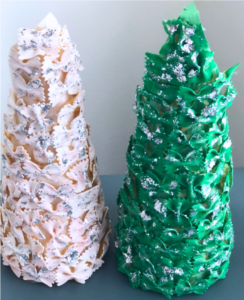 Pasta Tree
Pasta Tree
The pasta tree craft is fun and uses a variety of materials. For this project, you will need cardboard (or thicker quality paper), glue, paint, and pasta. First, shape your cardboard into a Christmas tree form, resembling a cone. Many of your friends may need assistance with this step. Next, glue the pasta onto the tree in a circular pattern, starting from the bottom and working your way up. Once the glue is dry and the pasta is securely attached, it’s time to get creative with paint! Use your paintbrushes to decorate the tree however you like.
Tip: We found it easier to create the tree by covering an upside-down plastic cup. After that, simply follow the remaining steps!
 Traditional Snowflakes
Traditional Snowflakes
It’s common for everyone to have made these at one time or another. They’re simple, easy, and fun! All you need is some paper and a pair of scissors. You can also decorate them if you’d like. Below, we have provided some line configurations to help you cut the perfect snowflake. Our design ideas come from onelittleproject.com.
SnowDough
This is a favorite for our sensory children! SnowDough is a homemade Play-Doh that mimics the texture of snow, providing that crunchy feeling that real snow produces.
To make SnowDough, you will need the following ingredients:
- 2 cups of cornstarch
- ⅓ cup of vegetable oil
- Glitter
Start by mixing the cornstarch and vegetable oil together. Then, fold in the glitter using your hands. Feel free to adjust the ratios depending on your preference. If the dough feels too dry, add more oil until it reaches a softer consistency. Just remember to keep it slightly crumbly, like real snow!
Popsicle Snowflakes
Snowflakes are common this time of year, so we thought—why not create a different type of snowflake? For this activity, you can design your snowflakes any way you want! All you need is glue and popsicle sticks. Once the glue has dried and your snowflakes are secure, feel free to decorate them with any craft materials you have at home.
ABA & Winter Crafts
You can incorporate all of the following skills into your holiday craft-making!
Attending
Each craft will require children to attend to what they’re doing whether it is in regards to listening to directions before beginning, setting up the craft area, or just watching closely as they create their craft to ensure there are no accidents or spills! How do you know if your child is attending during this time? Encourage them to look at you when you’re speaking to them, and look at their project/what they’re doing when creating!
Following Directions
Piggybacking off of the last skill, it’s always good to incorporate direction following. This will allow your child to have more independence when doing their craft. A good rule of thumb is to have them repeat the directions back to you before they begin. Direction following is also great because it can be used with any child- some of our children may be able to follow a list independently, while others need only 2-step directions, or maybe even full physical prompting! Remember to provide specific praise to your child to let them know that what they did was correct. For example; “Great job grabbing paper towels, Taylor. Next, you can sit down and pick up your paintbrush.”
Fine Motor Skills
Fine motor skills can be incorporated into a ton of activities! While this skill can be a breeze for some children, it can be extremely difficult for others. Let’s remember to be patient when manipulating small objects for our crafts. Several of the crafts can include fine motor skills such as decorating the pasta tree with beads or some type of smaller object that will act as ornaments. Paper penguin features, gluing popsicle sticks, and maneuvering the paper to cut a snowflake also include fine motor skills. Remember to prompt your child, sometimes verbal praise or motivation is enough- but sometimes they require a little more than that! (And that’s OK!)
Waiting
This is a very important skill to practice. Not only for crafts but it is a universal life skill! These crafts may require waiting a few minutes for Mom to look for a paint brush, or a few hours for some paint to dry. Talk to your child about an activity to bridge the waiting gap, this will allow for a smooth transition to the next activity while waiting to finish crafts. Another tip is to set up a timer for your child. When they hear the buzzer go off they will know it’s time to finish up!
Turn Taking
Being that the penguins were a tabletop bowling game, this would require children to wait their turn if playing with others. However, you can incorporate waiting into the actual craft creation itself if your child is creating with other siblings or peers. They may need the blue marker but someone else is using it at the moment. Encourage them to engage in conversation such as, “Jack, can you pass me the blue marker when you’re done?”


